Meet Your Maker: Eve's Bayou director Kasi Lemmons reveals her biggest influences
- Oops!Something went wrong.Please try again later.
- Oops!Something went wrong.Please try again later.
- Oops!Something went wrong.Please try again later.
- Oops!Something went wrong.Please try again later.
Over the past two decades, Kasi Lemmons has directed and written deeply impactful films.
It all began when Lemmons made her directorial debut in 1997 with Eve's Bayou, a movie about a family living in Louisiana told from the perspective of 10-year-old Eve Batiste (played by Jurnee Smollett). The star-studded cast included Diahann Carroll, Samuel L. Jackson (who also served as a producer), and Lynn Whitfield. An incredibly impressive writer-director debut for Lemmons, the film is also lauded for being a rare coming-of-age tale about a young Black girl and its honest portrayal of Black life. The Library of Congress added it to the National Film Registry in 2018.
"I wanted to unapologetically present Black people as being incredibly beautiful," she tells EW of her first feature.
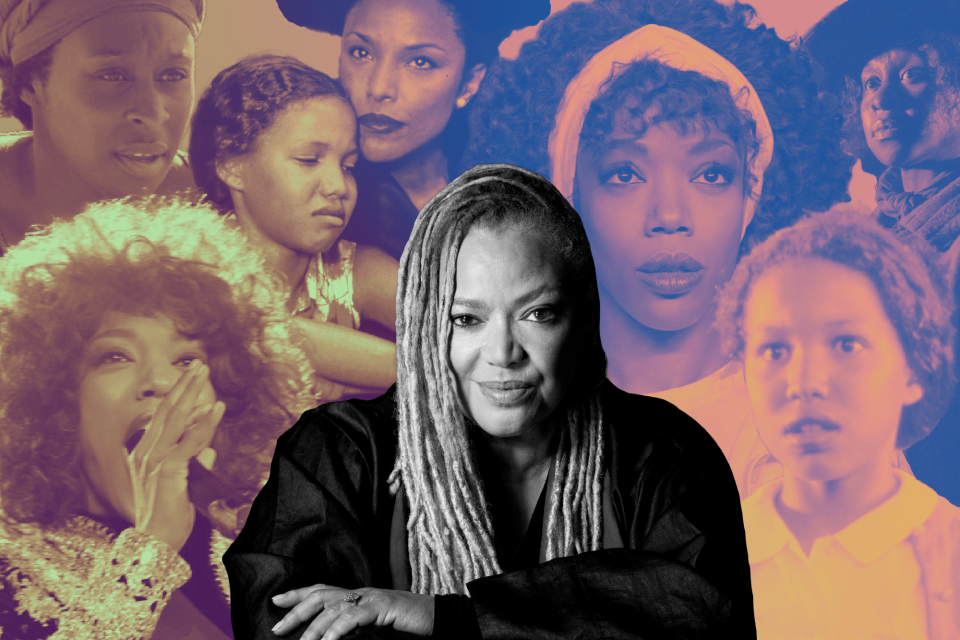
Greg Gorman / Everett Collection Kasi Lemmons
In addition to making Eve's Bayou, Lemmons has been acting, writing, and directing for years. She appeared in Candyman and The Silence of the Lambs, directed 2019's Harriet, and most recently directed the Whitney Houston biopic I Wanna Dance With Somebody.
EW spoke to the creator to find out what inspires her work, including storytellers who incorporate magical realism.
<em>Sugar Cane Alley</em>
Euzhan Palcy's 1983 directorial debut Sugar Cane Alley was an early influence for Lemmons. Set in Martinique during the 1930s, the film is centered around a young boy living at a time when Africans working sugarcane fields were still treated harshly by their white employers. The magical realism in Palcy's work and the film being told from the perspective of a child resonated with Lemmons who was working on Eve's Bayou at the time. "I remember thinking it was a beautiful film," Lemmons says, "I wanted to speak to a child's perspective. I already had this idea brewing for a family drama from a child's perspective and using elements of magic realism."
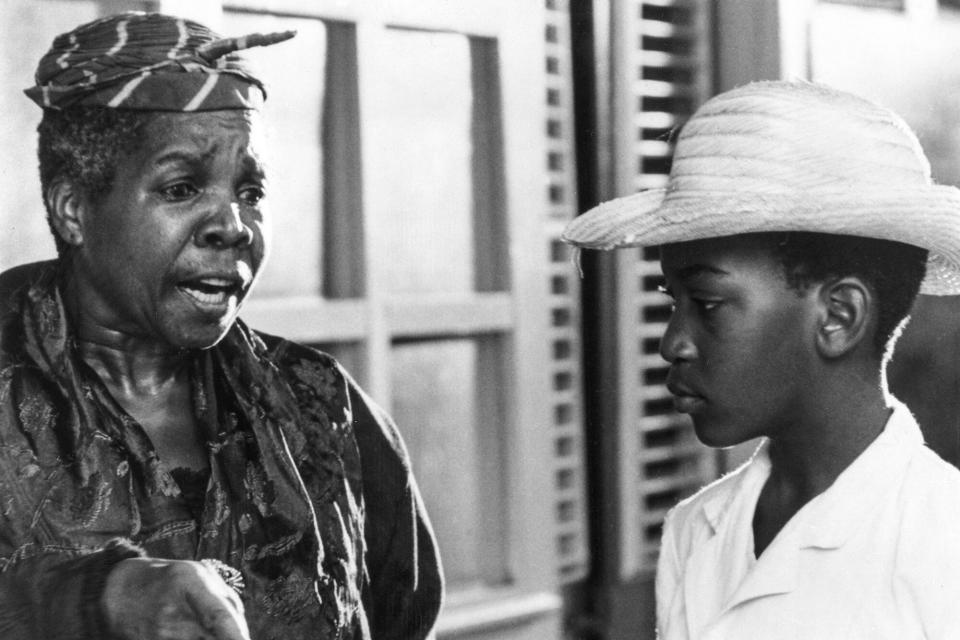
Toni Morrison
Looking back at her early influences, Lemmons recognizes writers who used magical realism including iconic storyteller Toni Morrison. Lemmons was particularly drawn to the way Morrison incorporated magical elements into Black worlds in a way that felt natural in her early books. "It felt very much a part of us as African American storytellers. Something that felt really integrated on a fundamental level and just lent itself so beautifully to the storytelling," she says, noting that Morrison's 1977 book Song of Solomon and, specifically, the Milkman character were particularly formative for her.
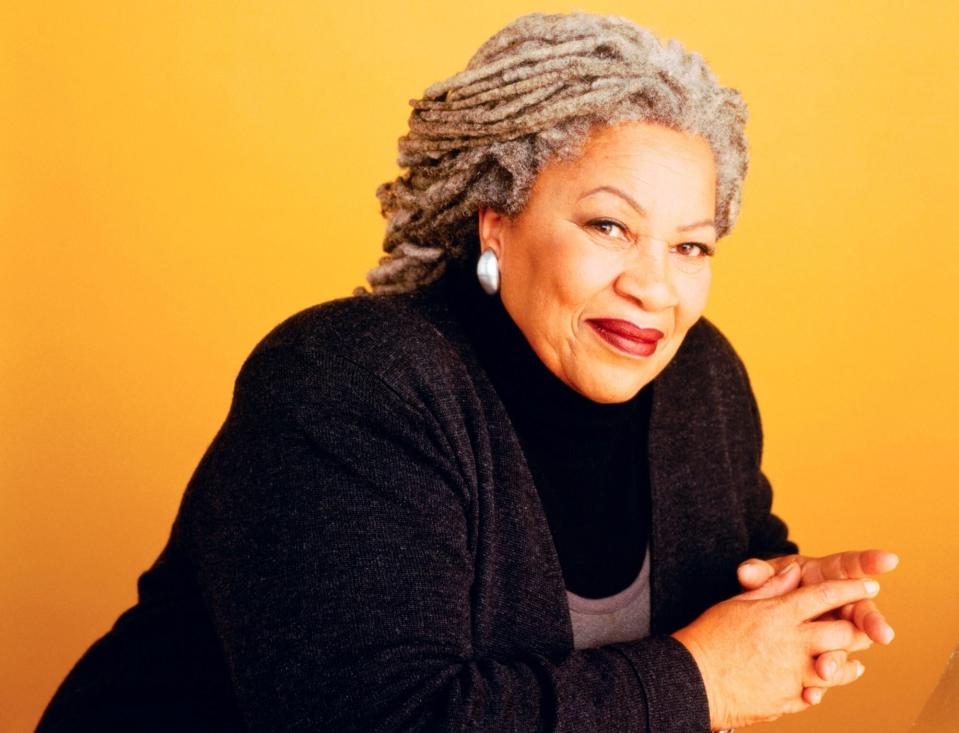
<em>Daughters of the Dust</em>
While writing the script for Eve's Bayou, Lemmons saw something in 1991's Daughters of the Dust. "I thought that Julie Dash was completely speaking my language as a filmmaker," Lemmons says of the film, which was the first feature film directed by a Black woman that was distributed theatrically in the United States. She went into a viewing believing that her language was obscure, but left not only feeling seen but having watched an audience be moved by Dash's film. "That definitely gave me fortitude in my vision," she recalls. Lemmons found the film presented Black people beautifully and had an aesthetic that she loved. Part of that was the location was a character in Dash's film, which was something Lemmons aimed to do in Eve's Bayou. "I wanted to unapologetically present Black people as being incredibly beautiful and that's something I related to in Julie's work," she explains.
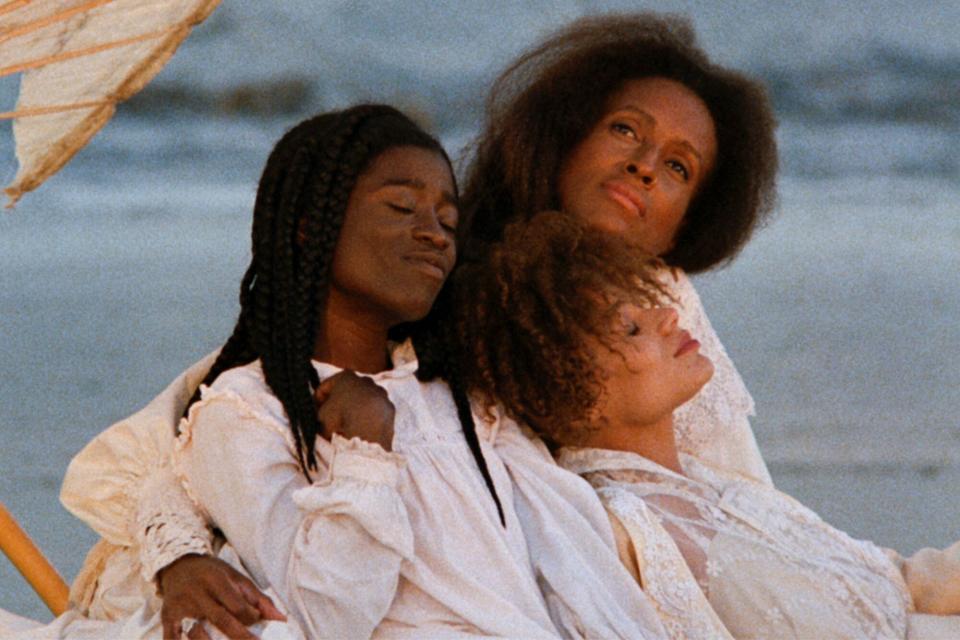
Spike Lee
Unlike the magic realism that is a constant in her early influences, director Spike Lee's work inspired her in a completely different way. "I really appreciated the fresh newness and independent spirit," she says about Lee's She's Gotta Have It.
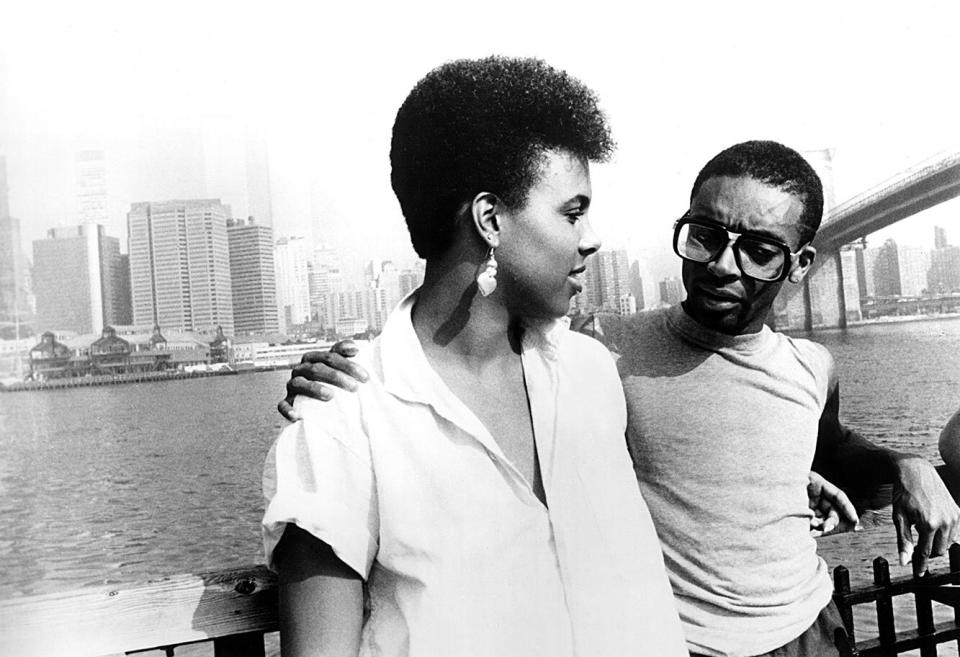
Southern Gothic style
Lemmons has always been an avid reader. "I still read a couple of novels a week," she shares. While there's a huge variety in the books she reads, the Southern Gothic style was a major early influence for her. She singles out the work of Morrison, as well as Tennessee Williams and Harper Lee.
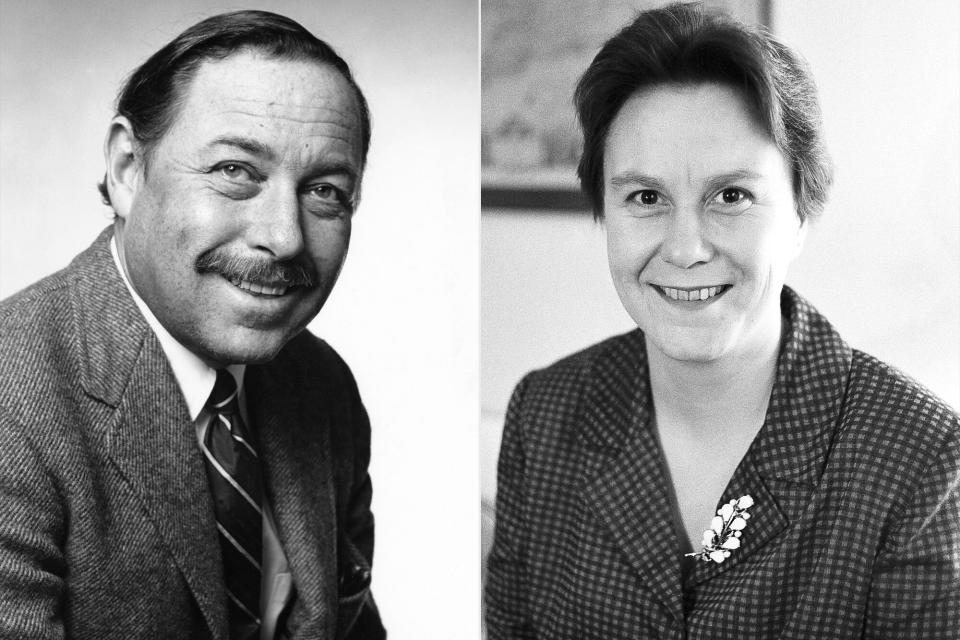
Defining the magic within culture
One through-line for Lemmons' early influences is their ability to "define the magic within culture." It's what she saw in the pages of Morrison's books, as well as the early work of emerging directors Dash and Jane Campion's 1993 film The Piano. That talent was something that deeply touched her as she was stepping into her own as a storyteller.
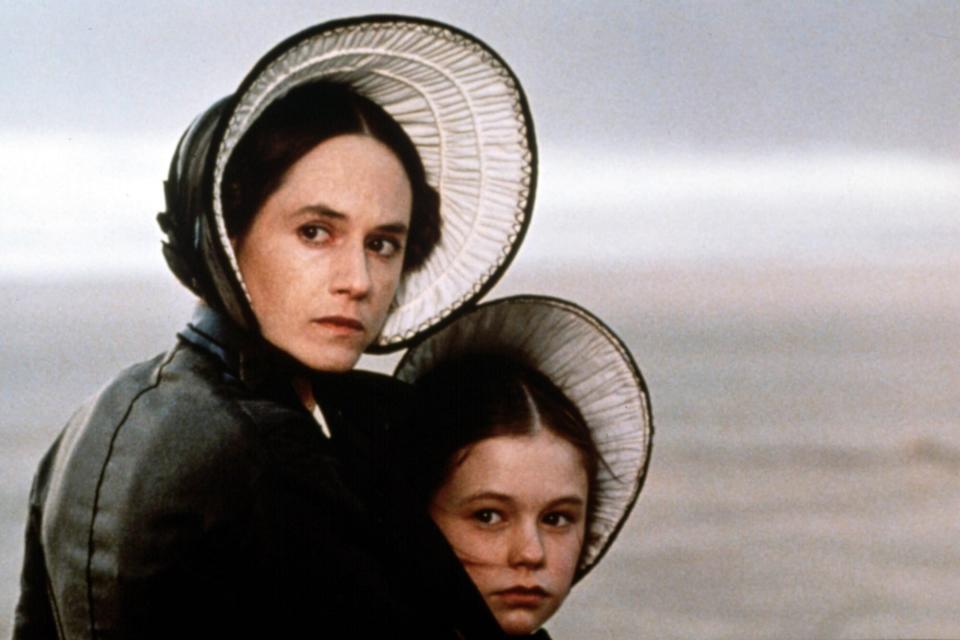
Related content:

